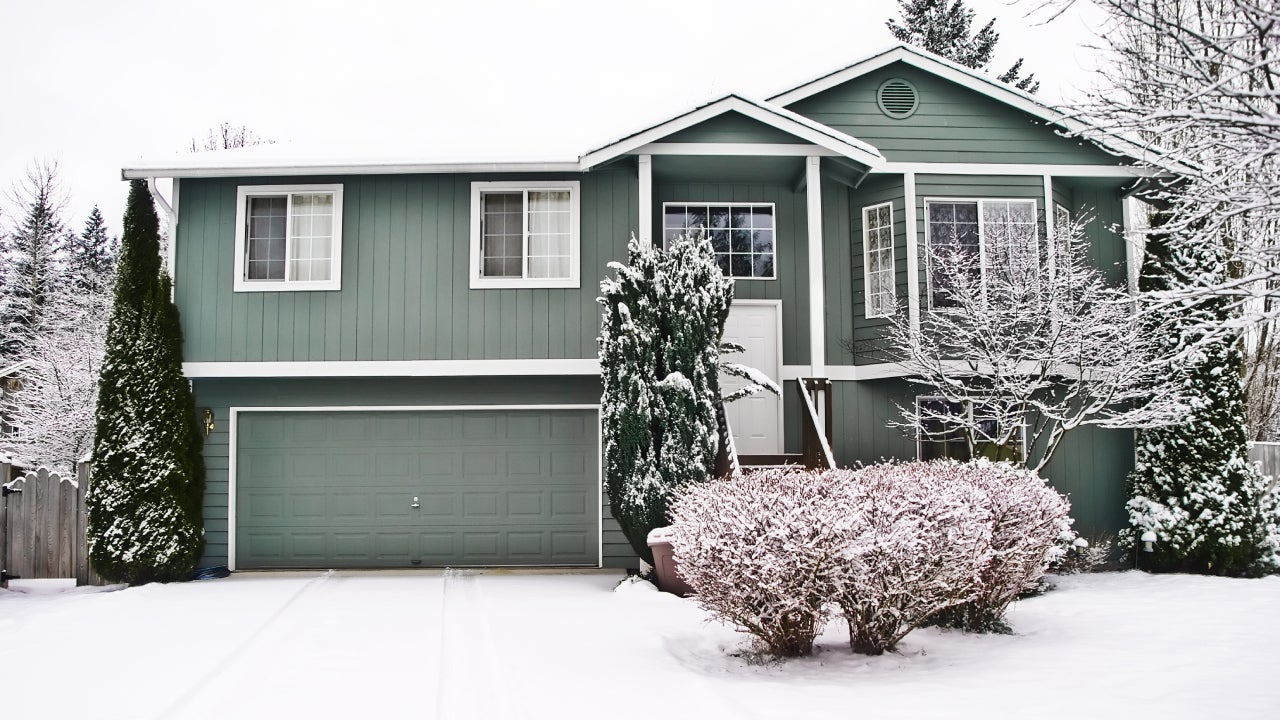How to estimate utility costs for a new home

The utility expenses associated with a new home are an important factor for prospective buyers to consider. Electric bills in particular have been surging in recent years, along with natural gas prices, and that upward trend is not expected to ease anytime soon. Some states — such as Florida, Hawaii and New York — experienced a 15 percent increase in electric bills over 2021, according to the Energy Department. Home heating bills have also been soaring thanks to rising fuel costs, and cable, sewer and water bills are rarely inexpensive either.
If you’re shopping for a home, be sure to do your research and investigate what the true monthly cost of living will be when accounting for all the utility expenses that will come with the property. Here’s how to do that.
How much will utilities be in a new home?
Your real estate agent may be able to help you determine a home’s utility costs by obtaining past utility bills. These can help you develop an idea of how much you can expect to spend each month. “Great Realtors will ask for a year’s worth of billing history from the seller and have it ready for the buyer,” says Melisa Camp, a Phoenix-based HomeSmart Realtor.
Sellers may be willing to provide recent utility bills or statements for electric, water, gas, oil, trash and even cable expenses, says Keri Rizzi, a Realtor with HomeSmart Homes and Estates in White Plains, New York. In addition, some utility information is publicly available and can be found on your own with a little digging. “This includes daily electricity and oil rates, which can be used to calculate a buyer’s potential bill based on their potential estimated use,” she says. “Some utility companies have usage or cost estimators on their websites to help consumers calculate this quickly and easily.”
Consumers can also contact utility companies directly via phone to obtain current rates and fees. Yet another way to gauge utility costs is through a HERS, or Home Energy Ratings System, evaluation. This is similar to a home inspection but is specifically focused on a home’s energy usage. The evaluations take into account such factors as orientation of the home, window-to-wall ratios, energy use on appliances, heating, cooling, lighting and window efficiency, among other things, to develop a rating. “The HERS rating is like the miles per gallon for the home related to energy efficiency,” says Camp. “It gives you a very quick snapshot of a building’s overall efficiency.“
Which utilities do you need?
To get an accurate snapshot of a home’s monthly utility costs, be sure to create a checklist of all the services you will be required to pay for. In most cases this includes electricity, water, sewer or septic services and trash collection. Beyond those basic necessities, additional utility costs are likely to be discretional. “I think most people are going without cable television and landline telephones now,” says Camp.
If the home is located in a community managed by a homeowner’s association (HOA), you’ll want to find out whether any of the utility costs on your checklist are covered by the monthly HOA dues. “Definitely research what the HOA covers and what it doesn’t,” says Camp. Some HOA dues cover water bills, lawn maintenance and even home security. This type of information can also be found in the HOA disclosures provided by the seller.
“Be sure to get the HOAs documents during the due diligence period so you understand all of the details,” adds Lisa Harris, a Realtor with RE/MAX Center in Braselton, Georgia. “Do not assume anything. You always want to be clear so there are no surprises in your budget.”
Utilities and renters
Understanding the monthly cost of utility bills is as important for renters as it is for homebuyers. For renters, however, these costs are handled differently from landlord to landlord and from one apartment building to the next, making it even more important to find out up front what your responsibilities are when renting.
Typical utility expenses include electricity, gas, water, sewage and garbage collection. A lease should detail which utility bills you are required to pay and which are covered by your rent. If there are other tenants in the building, you can also ask them to share information about typical monthly utility costs.
Consider green utility options
With climate change making green utility options and appliances increasingly important, not to mention the cost savings often associated with going green, it can be a good idea to find out whether a home has eco-friendly energy systems in place.
If a home has Energy Star appliances installed, for instance, prospective buyers can research the energy efficiency associated with individual appliances. “I recently purchased a new refrigerator and did a lot of research on EnergyStar.gov,” says Camp. “Surprisingly, it was easy to find and search models by energy-efficiency rating.”
If the home does not have eco-friendly or energy efficient options already integrated, you may consider investing in some yourself. The cost of solar panels and even energy-efficient appliances are being made more affordable by the government’s recently adopted Inflation Reduction Act, which includes tax credits and rebates for some of these energy-efficient home projects.
The new law, for instance, included $14,000 in consumer rebates for homeowners to buy heat pumps and energy-efficient appliances. The measure also provides a 30 percent tax credit for the installation of rooftop solar panels. The electric utility cost savings that can be realized over a lifetime when installing solar can be significant, as much as $10,000 to $30,000, according to EnergySage.






